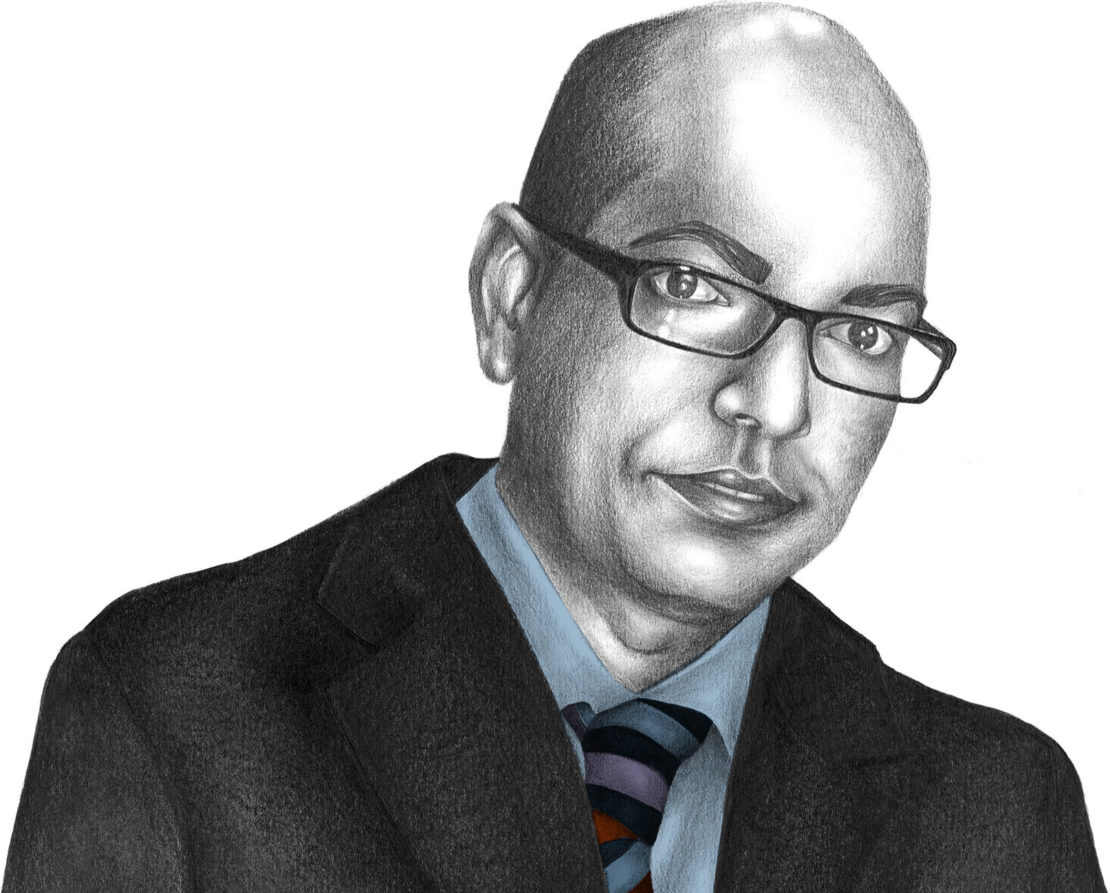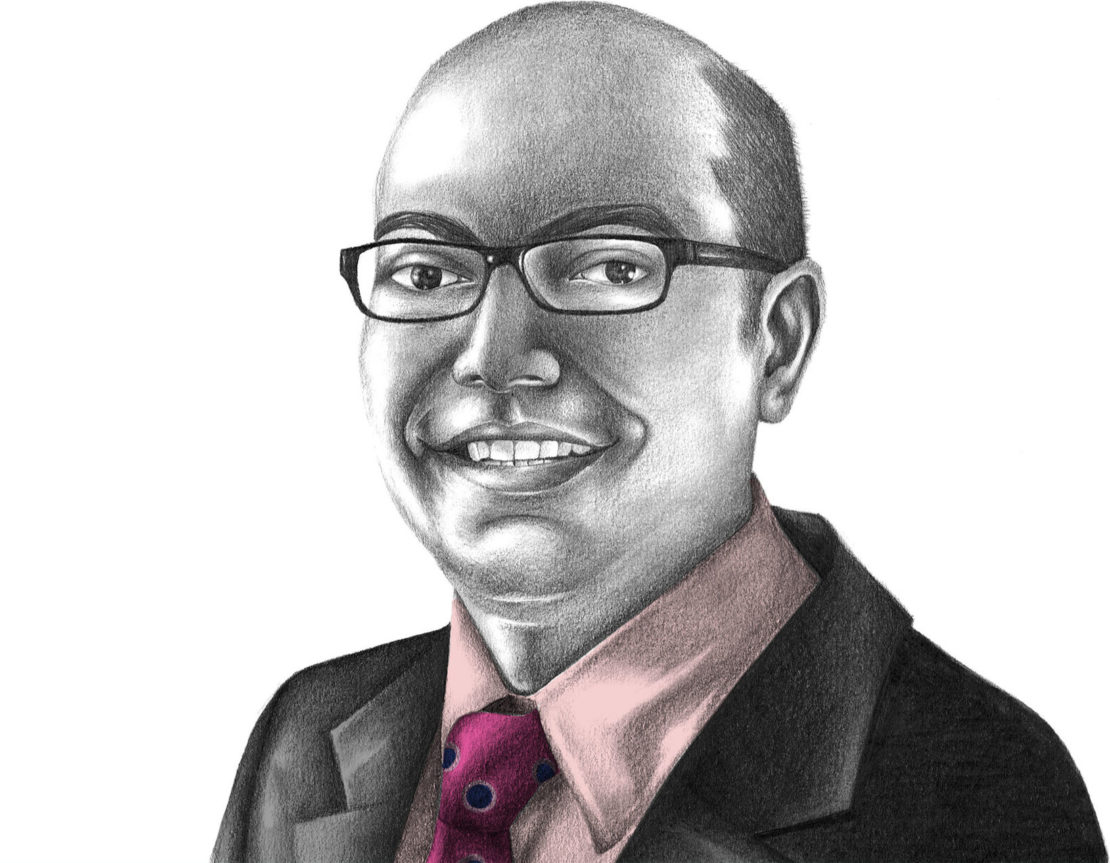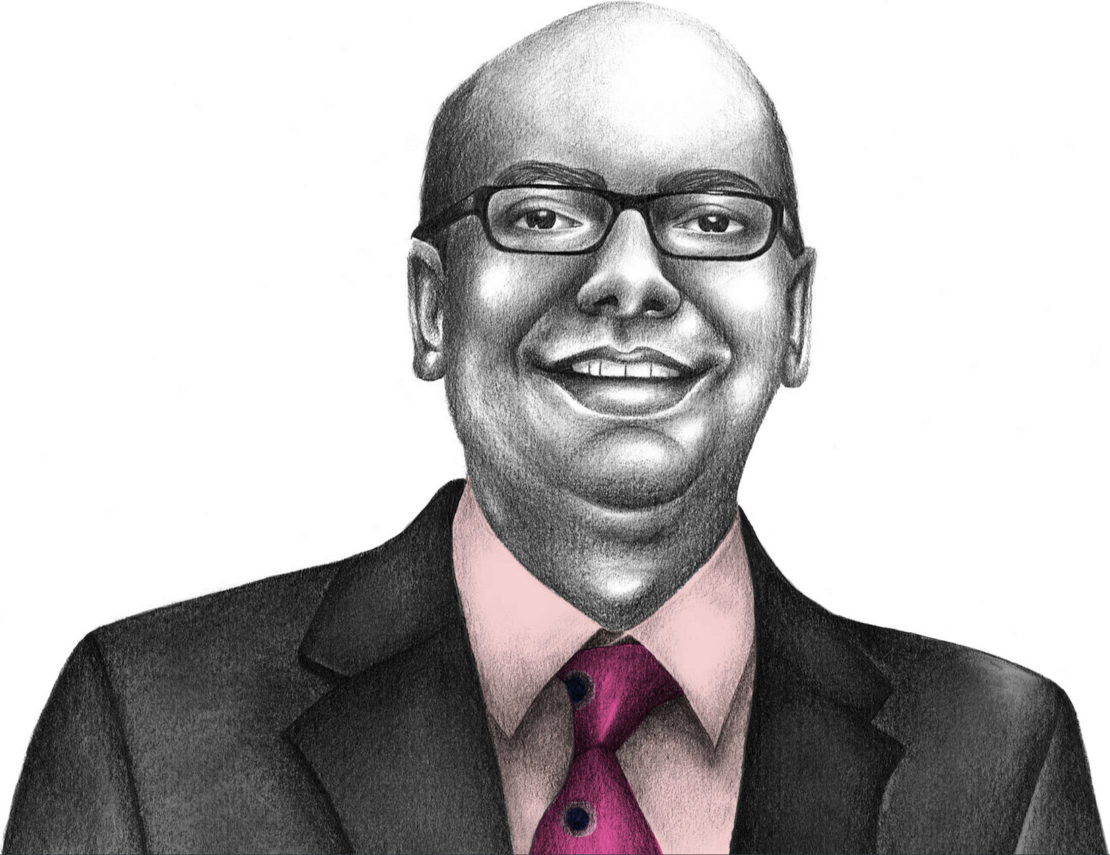Think frugal
With increased pressure on household, government and company budgets, people are driven to do more with fewer resources. This might seem like a negative result of our recent ‘stagnant’ age but authors and academics Jaideep Prabhu and Navi Radjou see an upside. They argue that various technologies make it easier to do more despite restraints: the proliferation of cheap computers, cloud services and digital manufacturing tools, for example, lower the barrier to entry for businesses, make it easy to develop prototypes, to market a business, to raise funds and to reach customers.
In Jugaad Innovation, published in 2012, Radjou and Prabhu together with Simone Ahuja explored what western firms can learn from frugal innovators in emerging markets. Jugaad is a Hindi term meaning “an improvised solution born from ingenuity and cleverness” – and they allude to many similar phrases around the world: gambiarra in Brazil, jua kali in Africa, even DIY in anglophone countries. The pair return to the theme in their latest book Frugal Innovation. “Those who have worked with resource constraints for longer, such as firms in developing economies or smaller firms in developed economies, have internalised and turned into a fine art the ability to do more with less,” says Prabhu. “That mindset, that resource constraints engenders, results in principles and strategies that companies in less resource-constrained environments can learn from and be inspired by.”
Explore
The Growth Delusion The Whirlpool Economy How secular stagnation came to Smurf village From truck cast-offs to designer bagsCompanies of all sizes are adopting frugal approaches, says Prabhu, critical for surviving the age of austerity. The demand for frugal innovation is shaped by a several factors: increasingly cost-conscious consumers, facing stagnant incomes, seeking out value more aggressively than before; scarce natural resources; increased government regulation, putting pressure on the likes of Big Pharma to make drugs available at lower cost or on carmakers to develop cars with lower emissions; competition from low-cost rivals in emerging markets; and from agile western startups, stealing market-share from major-player incumbents.
In the 20th century, Radjou and Prabhu believe, western companies 'lost their jugaad' as they institutionalised their R&D capabilities and standardised business processes, both for generating ideas and taking them to market. This structured, managed approach bloated budgets and standardised innovation, and is responsible for many firms’ extraordinary growth – but the fast, complex, volatile world of 21st-century business is different, says Prabhu, who explained more of the ideas of frugal innovation to The Long + Short.
Economies have been in a prolonged period of stagnation and slump. How can frugal innovation help to counteract that?
Frugal innovation can help with economic stagnation on both the supply and demand side. On the supply side, it can help by reducing the cost and time that companies spend on getting customer insight through market research, developing these ideas through rapid prototyping, manufacturing these solutions through outsourcing or 3D printing, and commercialising these solutions through social media. This revolution in how products and services are developed and sold will drive a new wave of growth in entrepreneurship and manufacturing.
On the demand side, frugal innovation helps by driving down the cost of goods and services. Cash-strapped consumers can continue to gain access to products and services and maintain a standard of living if these products and services remain affordable and accessible.
Low-cost cars
In the late 1990s, Renault was dismayed at how dramatically its models were being outsold by low-cost Russian cars (the domestically produced Lada cost half as much as a Renault). The French carmaker’s then CEO Louis Schweitzer challenged his R&D team to produce a rival, sub-€6,000 car that was modern, reliable and affordable. Renault delivered the Logan, a €5,000 model launched in 2004, that has not only performed well in the developing economies which it was aimed; but has become an unexpected cash cow across stagnant European markets too, responsible for half the company's global sales.
Several of the companies discussed in your book, in the financial, advertising and healthcare sectors, are facing ‘disruption’ of various kinds. Often the problem isn’t constrained resources, but changing business models and new ways of working. Why is frugal the answer here?
That disruption is often the consequence of other firms (often smaller, hungrier, nimbler firms) doing frugal innovation. So the large incumbents face an option: either stall and use their might to postpone change, or experiment with change while managing their existing business model. The principles of frugal innovation can enable them to do the experimentation, if they choose to follow the latter route. If you can’t beat them, join them.
A good company will realise that its success at frugal innovation depends on having creative and happy employees, rather than stressed and insecure ones

Is the idea of frugal innovation pessimistic? Doing more with less is what every CEO tells employees when making redundancies or pay cuts. Does frugal business result in cheaper products, or just drive down costs for the business – in some cases hiring fewer people, thus making things worse overall? How can frugal innovation be directed to help workers and consumers?
Frugal innovation is about far more than just cost-cutting. Rather, it is about creative ways of doing more and better with less. This often requires ingenuity so that the company and its customers can move from one, suboptimal solution to another, more optimal equilibrium. Frugal innovation is intended to make products cheaper or less environmentally costly – but not at the expense of customer welfare. The approach aspires to giving consumers more value at the same or lower price. So I would say that the link between frugal innovation and consumers is a positive, optimistic one.
The link between frugal innovation and employee welfare is less clear however. A good company will realise that its success at frugal innovation depends on having creative and happy employees, rather than stressed and insecure ones. It is possible that companies could reduce costs either by simply making people redundant or, more perniciously in the long run, by automating processes. Cheap robots and computing are certainly hastening the frugal innovation revolution. But they are also making blue collar workers increasingly redundant. The only solution to that problem, it seems to me, is to ensure that as many people as possible can be as creative as possible, because creativity is still a domain where humans have an advantage over machines.
ECGs in India
In India, GE Healthcare’s high-end electrocardiogram (ECG) machines were not just unaffordable but impractical in their lack of portability. In the 2000s, GE’s large Indian R&D centre began a new, jugaad-inspired approach to innovation, focusing on developing products from first principles, based on local needs. In 2008, GE’s researchers developed an ECG machine that, at $1,000, was a tenth of the cost of existing ones, five times lighter, battery-powered and fully portable. Key to GE’s frugal approach was cutting and pasting existing technologies: the device’s printer was taken from those used to print bus tickets at station kiosks. Since its success in India and China, the machine has been adopted in the US for portable use, including roadside emergency assistance.
Robots can’t come up with these frugal solutions yet companies will continually seek automation to lower costs. How to reconcile the two?
It’s hard to see how this will play out given the rapid pace of change. But one could argue that every time firms have chosen to automate some parts of any process, they have also had to train a new group of people to manage some other part of the process. For instance, while manufacturing is increasingly automated, many products increasingly have a service component and this component requires trained humans to do well.
If bigger companies are able to do more with less, and drive down costs, at scale, will this make it harder for smaller companies and individuals to compete?
Big companies have many advantages over smaller companies. One of the most significant advantages in the past was that they had a virtual monopoly of innovation. Increasingly though, as the minimal efficient scale needed to innovate has fallen, small companies now have less of a disadvantage in this space. And small companies continue to have the advantage of being nimble and unconstrained by a current business model that is often outdated and waiting to be disrupted. So I would make the opposite prediction to the one in the question. Moreover, innovation is increasingly a cooperative process as much as it is competitive. Increasingly there is a division of labour and symbiotic relationship between the small and the large. Innovation, like evolution, is about variation and selection. Small firms, being more numerous and adventurous, provide the variation. Large firms, being commercial machines, select the best ideas from startups (through acquisition or licensing) and then scale them up for widespread, efficient application.
The solution to automation is to ensure that as many people as possible can be as creative as possible, because creativity is still a domain where humans have an advantage over machines

How can we make sure frugal innovation results in products/services that meet the needs of those on low incomes, in the long term – not so they’re coping, but thriving?
This is a tough question to answer partly because it’s too early to say how the frugal innovation revolution will play out. It’s possible that the democratisation of innovation that frugal innovation is enabling will result in more of the poor finding a route out of poverty through creative, local, small-scale capitalism. But for this DIY capitalism to takeoff, the poor will need the necessary skills and training in business and technology. This poses a challenge for governments to spread such education as widely as possible. It’s an open question whether that change can happen quickly and frugally enough!
Agile eyewear
One of the major factors driving the new culture of frugal innovation among big companies, says Prabhu, is rivalry from agile western startups challenging industry norms. Warby Parker, the American eyewear company started by four MBAs in 2010, is breaking up the oligopoly of the eyewear industry by selling prescription glasses and sunglasses at prices far below the industry norm. By designing its glasses in-house (avoiding licensing costs) and selling directly to consumers mostly online (stripping out high retail markups), the company can sell its glasses for under $100.
There is increased pressure for governments to deliver high-quality, low-cost solutions – better value for money. How can frugal innovation in government be about more than austerity? What are the lessons for government from frugal consumers and companies? And vice versa?
There is a great deal that governments can learn about frugal innovation from companies and 'prosumers'. Governments are often in the business of delivering services to consumers (citizens) and need to be able to do this faster, better and cheaper. Governments, like large corporations, are also bureaucratic, cautious places where process and compliance are key concerns. Moreover, citizens too are increasingly proactive and empowered (just as consumers are).
Finally, companies are increasingly entering domains that were once the preserve of governments: including areas such as education and health. Governments can go beyond old ideological divides by being more creative about how they deliver better services to more people without spending more (or conversely by reducing costs while continuing to deliver quality services to more people). They can do that by adopting practices within government that have worked in large corporations, engaging more with proactive citizens, and engaging with a growing number of social enterprises that operate in key government sector areas such as health and education.
What’s a good example of a government adopting this frugal mentality?
My favourite example of frugal innovation in government is India’s unique ID project. There are many aspects of how the program was designed and executed that I admire. But perhaps the most impressive bit is that it cost 35bn rupees (£380m) to provide a unique ID for over 500 million Indians in under five years: that’s less than 100 rupees (£1) per person to provide them with something that can potentially transform their lives and the Indian economy in the process.
The revolution in how products and services are developed and sold will drive a new wave of growth in entrepreneurship and manufacturing

Some say we’re not coming up with big, radical innovations that can bring about the prolonged growth and prosperity we’ve been used to. Is this crafty way of doing things going to lead to significant economic benefit? Is it too much to ask of frugal innovation to create radical change?
Innovation is about the combination and recombination of existing ideas in novel ways. For it to happen faster and more widely, more people need to be involved in the process. The frugal innovation revolution, by making the means to innovate more widely available, has the potential to speed up the innovation process, in addition to widening the access to the fruits of innovation.
Innovation is also about widening the pool of ideas that are combined. Diversity among the people innovating is therefore crucial to the process of generating ground-breaking innovations. Again the democratisation of innovation has the potential to widen the pool of diverse people involved in the process, increasing the probability that it will result in radical innovations.